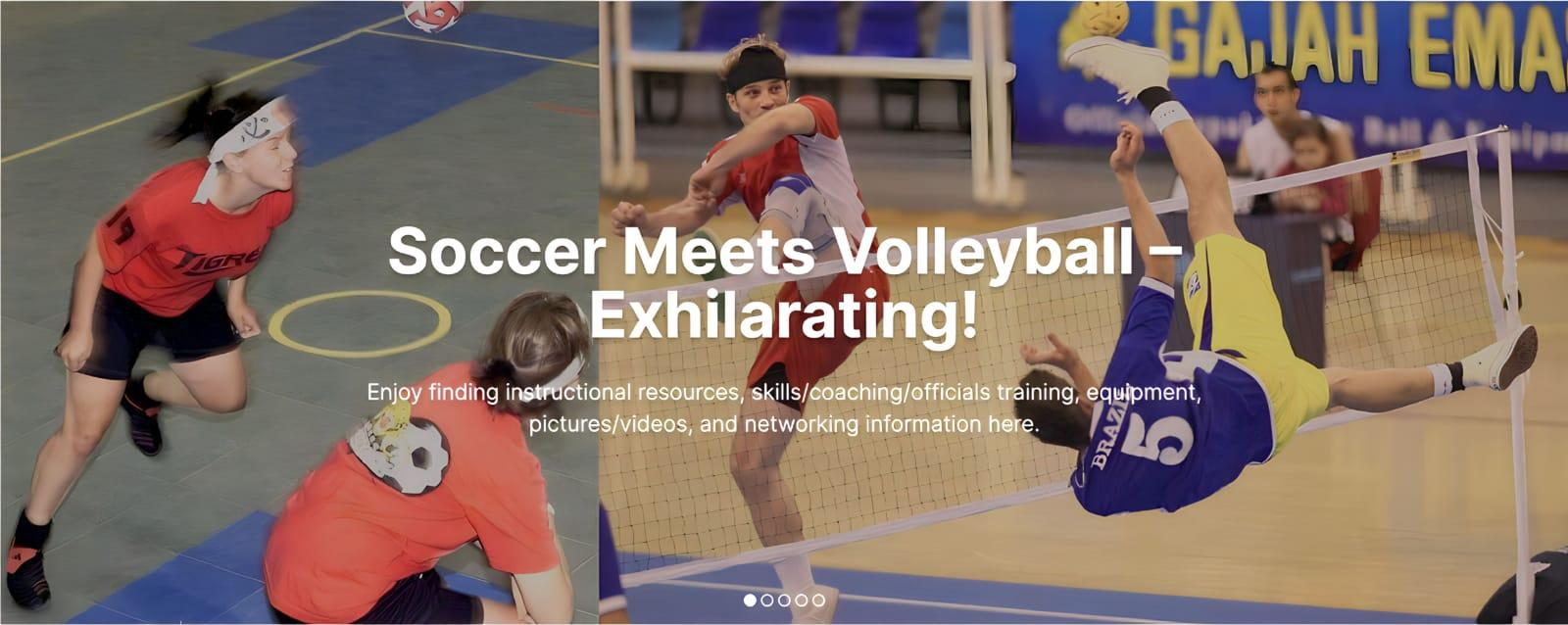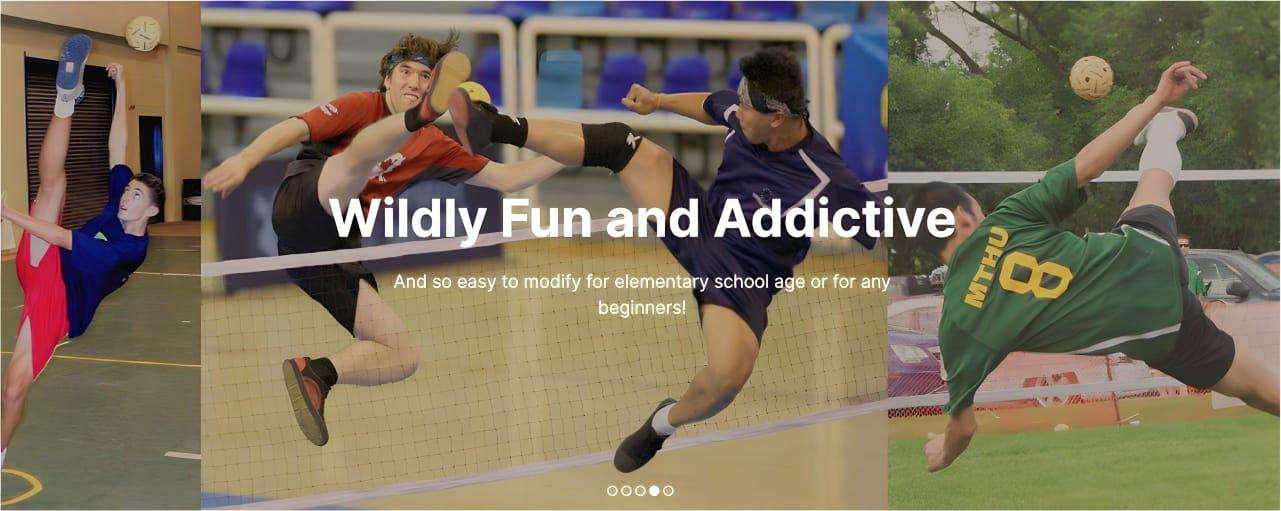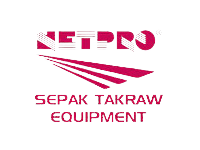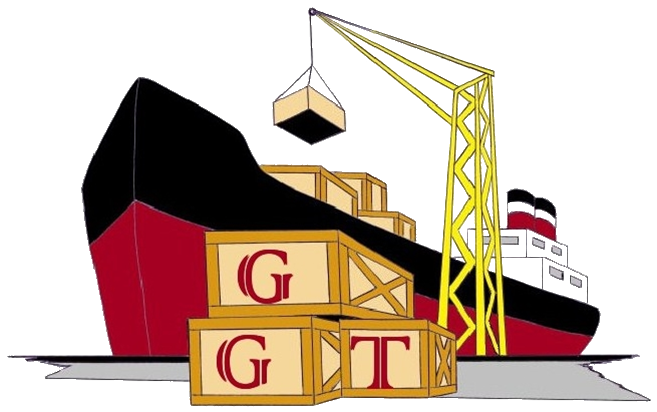Harassment/Abuse Policy
Sepak Takraw Association of Canada (STAC) Harassment/Abuse Policy
Note: For convenience, this policy uses the term "complainant" to refer to the person who experiences harassment or abuse in any way, even though not all persons who experience harassment/abuse will make a formal complaint. The term "respondent" refers to the person against whom a complaint is made.
1.POLICY STATEMENT
1.1. The Sepak Association of Canada is committed to providing a sport and work environment which promotes equal opportunities and prohibits discriminatory practices.
1.2. Harassment or abuse is a form of discrimination, and is prohibited by human rights legislation in each province of Canada.
1.3. Harassment/abuse is offensive, degrading and threatening. In its most extreme forms, harassment/abuse can be an offense under Canada's Criminal Code.
2.APPLICATION
2.1. This policy applies to all employees as well as to all directors, officers, volunteers, managers, coaches, athletes, officials and members of the Sepak Takraw Association of Canada. It applies to harassment or abuse which may occur during the course of all STAC business, activities and events.
2.2. Harassment/abuse arising within the business, activities and events of clubs, provincial associations or affiliates of the Sepak Takraw Association of Canada shall be dealt with using the policies and mechanisms of such organizations.
3.DEFINITIONS
3.1. Harassment and Abusecan generally be defined as comment or conduct, directed toward an individual or group of individuals, which is insulting, intimidating, humiliating, malicious, degrading or offensive.
3.2. For the purposes of this policy,sexual harassment and abuseis defined as unwelcome sexual advances, requests for sexual favors or other verbal or physical conduct of a sexual nature when:
3.2.1. submitting to or rejecting this conduct is used as the basis for making decisions which affect the individual;
3.2.2. such conduct has the purpose or effect of interfering with an individual's performance;
3.2.3. such conduct creates an intimidating, hostile or offensive environment.
3.3. Types of behavior which constitute harassment and abuse include, but are not limited to:
3.3.1. written or verbal abuse or threats;
3.3.2. the display of visual material which is offensive or which one ought to know is offensive;
3.3.3. unwelcome remarks, jokes, comments, innuendo or taunting about a person's looks, body, attire, race, religion, sex or sexual orientation;
3.3.4. leering or other suggestive or obscene gestures;
3.3.5. condescending, paternalistic or patronizing behavior which is intended to undermine self-esteem, diminish performance or adversely affect working conditions;
3.3.6. practical jokes which cause awkwardness or embarrassment, endanger a person's safety or negatively affect performance;
3.3.7. unwanted physical contact including touching, petting, pinching or kissing;
3.3.8. unwelcome sexual flirtations, advances, requests or invitations;
3.3.9. physical or sexual assault;
4.CONFIDENTIALITY
4.1. The Sepak Takraw Association of Canada recognizes that it can be extremely difficult to come forward with a complaint of harassment and that it can be devastating to be wrongly convicted, or even wrongly accused, of harassment. The Sepak Takraw Association of Canada recognizes that it is in the best interests of both the complainant and the respondent in keeping the matter confidential.
5.COMPLAINT PROCEDURE
5.1. A person who experiences harassment or abuse is encouraged to make it known to the harasser that the behavior is unwelcome, offensive and contrary to this policy.
5.2. If confronting the harasser is not possible, or if after confronting the harasser the harassment and abuse continues, the complainant should contact the President. It is best that the complainant fill out the Incident/Complaint Form (Appendix 2 under the Dispute Resolution Policy).
3.1. Once contacted by a complainant, the role of the President is to serve in a neutral, unbiased capacity in receiving the complaint and assisting in its resolution, as per outlined in the “DISPUTE RESOLUTION POLICY”, from point “3. REFERRAL AND REVIEW OF COMPLAINTS AND INCIDENTS” and onward.

















